怎么使用Python制作一个多功能音乐播放器
 发布于2023-04-25 阅读(0)
发布于2023-04-25 阅读(0)
扫一扫,手机访问
一、制作播放器的思路
制作一个多功能音乐播放器的思路
确定播放器的需求和功能,例如支持哪些音频格式、播放列表管理、循环播放、暂停、进度条显示等等。
选择合适的Python GUI库,例如Tkinter、PyQt等。这些库可以帮助我们在图形界面中实现播放器的各种功能。
创建播放器窗口、菜单、按钮、列表等控件,将它们进行布局和排列。
编写播放器的逻辑代码,例如读取音频文件、播放、暂停、停止、切换歌曲、循环播放等功能的实现。
通过GUI库的事件绑定,将控件的事件和逻辑代码进行关联,使得用户通过点击控件来使用播放器的各种功能。
测试播放器的各种功能,并进行修正和优化。
二、制作播放器知识点和所需模块
制作一个多功能音乐播放器需要以下知识点和模块:
GUI编程:使用Python的GUI库如Tkinter、PyQt、wxPython等创建图形用户界面。
音频播放:使用Python的音频库如Pygame、PyAudio、pydub等实现音频文件的播放。
文件操作:使用Python的os、glob等模块来对音频文件进行读取、删除、搜索等操作。
线程编程:使用Python的threading模块来实现多线程,使得音频播放和GUI操作可以同时进行。
数据结构:使用Python的列表等数据结构来管理音乐列表、播放历史等信息。
网络编程:使用Python的socket、Requests等模块来实现在线音乐播放、歌词下载等功能。
实现上述功能可使用的Python模块有:
Tkinter、Pygame、PyAudio、pydub、os、glob、threading、socket、Requests等。
三、播放器的代码展示
以下是Python多功能音乐播放器的逻辑代码:
import pygame
import os
pygame.init()
class MusicPlayer:
def __init__(self):
self.playing = False
self.paused = False
self.volume = 0.5
self.playing_index = None
self.playlist = []
def load_playlist(self, folder_path):
self.playlist = []
for filename in os.listdir(folder_path):
if filename.endswith('.mp3'):
self.playlist.append(os.path.join(folder_path, filename))
def play(self, index):
if self.playing_index == index:
return
if self.playing:
pygame.mixer.music.stop()
self.playing = False
self.playing_index = index
pygame.mixer.music.load(self.playlist[self.playing_index])
pygame.mixer.music.set_volume(self.volume)
pygame.mixer.music.play()
self.playing = True
self.paused = False
def pause(self):
if not self.playing:
return
if self.paused:
pygame.mixer.music.unpause()
self.paused = False
else:
pygame.mixer.music.pause()
self.paused = True
def stop(self):
if not self.playing:
return
pygame.mixer.music.stop()
self.playing = False
self.paused = False
def set_volume(self, volume):
self.volume = volume
if self.playing:
pygame.mixer.music.set_volume(self.volume)
def next(self):
if not self.playing:
return
self.playing_index = (self.playing_index + 1) % len(self.playlist)
self.play(self.playing_index)
def prev(self):
if not self.playing:
return
self.playing_index = (self.playing_index - 1) % len(self.playlist)
self.play(self.playing_index)
def loop(self):
if not self.playing:
return
pygame.mixer.music.queue(self.playlist[self.playing_index])
music_player = MusicPlayer()
music_player.load_playlist('music_folder_path')
def mainloop():
while True:
# 读取键盘事件
for event in pygame.event.get():
if event.type == pygame.QUIT:
pygame.quit()
quit()
elif event.type == pygame.KEYDOWN:
if event.key == pygame.K_SPACE:
music_player.pause()
elif event.key == pygame.K_s:
music_player.stop()
elif event.key == pygame.K_RIGHT:
music_player.next()
elif event.key == pygame.K_LEFT:
music_player.prev()
elif event.key == pygame.K_l:
music_player.loop()
# 设置音量
volume = pygame.key.get_pressed()[pygame.K_UP] - pygame.key.get_pressed()[pygame.K_DOWN]
if volume != 0:
new_volume = music_player.volume + volume * 0.05
new_volume = min(max(new_volume, 0), 1)
music_player.set_volume(new_volume)
# 显示当前播放状态
if music_player.playing:
print('Now playing:', music_player.playlist[music_player.playing_index])
print('Volume:', music_player.volume)
print('Playing:', music_player.playing)
print('Paused:', music_player.paused)
pygame.time.wait(100)
if __name__ == '__main__':
mainloop()以上代码中, MusicPlayer 类封装了音乐播放器的逻辑功能, load_playlist() 方法用于读取音频文件目录,将音频文件路径存储到播放列表中, play() 方法用于开始播放某一首歌曲, pause() 方法用于暂停/恢复播放, stop() 方法用于停止播放, set_volume() 方法用于设置音量, next() 和 prev() 方法用于切换歌曲, loop() 方法用于循环播放。
在 mainloop() 方法中,使用 pygame.event.get() 方法读取键盘事件,根据不同的按键操作调用 MusicPlayer 类的方法。使用 pygame.key.get_pressed() 方法读取音量调节键盘事件,根据按键情况调用 set_volume() 方法设置音量。最后使用 pygame.time.wait() 方法将程序休眠 100ms,避免 CPU 占用过高。
此代码可以作为一个基础模板,可以根据自己的需求进行扩展,比如添加显示界面等。
产品推荐
-

售后无忧
立即购买>- DAEMON Tools Lite 10【序列号终身授权 + 中文版 + Win】
-
¥150.00
office旗舰店
-

售后无忧
立即购买>- DAEMON Tools Ultra 5【序列号终身授权 + 中文版 + Win】
-
¥198.00
office旗舰店
-

售后无忧
立即购买>- DAEMON Tools Pro 8【序列号终身授权 + 中文版 + Win】
-
¥189.00
office旗舰店
-

售后无忧
立即购买>- CorelDRAW X8 简体中文【标准版 + Win】
-
¥1788.00
office旗舰店
-
 正版软件
正版软件
- 解密 PHPDoc:达到文档化代码的最佳实践
- PHPDoc是一种为php代码编写注释的标准,它允许开发人员高效地记录他们的代码,从而使其更易于理解、维护和重用。本文将深入浅出地介绍PHPDoc的奥秘,并提供最佳实践,帮助您有效地对代码进行文档化。引言在软件开发中,清晰的代码文档至关重要。它可以帮助开发人员快速了解代码的意图、如何使用它以及它的限制。PHPDoc正是为此目的而创建的。它是PHP的官方文档注释标准,提供了一种统一的方式来记录函数、类、方法和常量。PHPDoc基础PHPDoc注释使用特殊的语法,以块注释的形式放置在代码块之前。注释以/*(星
- 11分钟前 最佳实践 PHP开发 PHPDoc 代码文档 0
-
正版软件
- 解决PHPStudy安装PHP 5.5的问题,以下方法或许有所帮助
- PHPStudy是一款集成了PHP、MySQL、Apache等服务器环境的软件,方便用户在本地搭建PHP开发环境,并进行网站开发和调试。然而,有时候在安装PHP5.5版本时会遇到一些问题,导致安装失败。本文将介绍一些解决方法,希望能帮到遇到问题的读者。1.检查系统环境在安装PHPStudy时,首先要确保系统环境符合软件的要求。PHPStudy要求操作系统
- 16分钟前 PHP 安装 失败 0
-
正版软件
- 关键的多进程编程要点在Golang中的描述
- 从Golang视角看多进程编程的关键要点多进程编程是一种利用并行处理能力来提高系统性能的编程技术。在传统的操作系统中,多进程编程是一种常见的方式,可以充分利用多核处理器的性能优势。在Go语言中,也可以很方便地实现多进程编程。本文将从Golang的视角来看多进程编程的关键要点,并提供一些具体的代码示例。使用goroutine实现多进程并发在Go语言中,goro
- 31分钟前 运行时调度 并发模型 通信机制 0
-
正版软件
- 解决PHP7无法下载PDF文件的方法
- 标题:解决PHP7无法下载PDF文件的问题,详细代码示例随着技术的不断更新,PHP7版本的出现给开发者带来了许多新特性和性能优势。然而,有时候在使用PHP7进行文件下载时,特别是下载PDF文件时会遇到一些问题,导致无法正常下载文件。本文将介绍PHP7无法下载PDF文件的问题以及解决方案,并给出具体的代码示例。一、问题描述:在使用PHP7进行文件下载时,如果是
- 51分钟前 PHP PDF 下载 0
-
正版软件
- PHP分页实现原理与方法详解
- PHP分页是网页开发中常见的功能,特别是在展示大量数据时,为了避免界面混乱和提升用户体验,分页功能显得尤为重要。本文将详细解释PHP分页的原理及实现方法,并提供具体的代码示例,帮助读者轻松掌握这一技术。1.分页原理分页的原理是根据用户的需求,将数据库中的数据分成多个页面进行展示,用户可以通过点击不同的页码来切换显示的数据。一般来说,分页功能需要两个关键参数
- 1小时前 01:09 分页 PHP 实现 0
最新发布
-
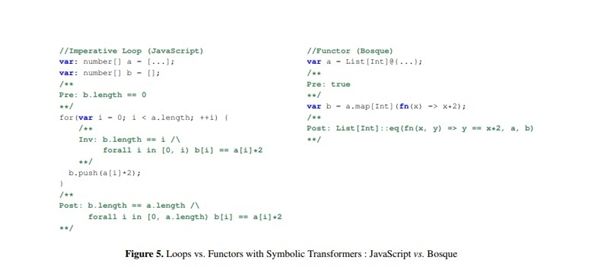 1
1
-
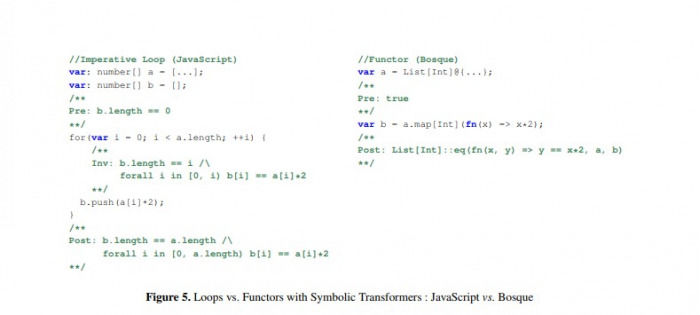 2
2
-
3
- Vue组件中如何处理图片预览和缩放问题
- 448天前
-
 4
4
-
 5
5
-
 6
6
- Python实战教程:批量转换多种音乐格式
- 619天前
-
7
- WebSocket协议的优势与劣势分析
- 450天前
-
8
- java动态代理实例代码分析
- 620天前
-
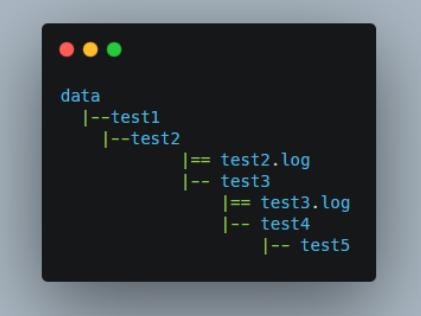 9
9
- java io文件操作删除文件或文件夹的方法
- 617天前
相关推荐
热门关注
-
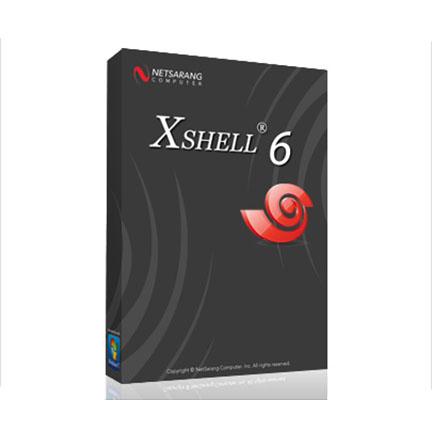
- Xshell 6 简体中文
- ¥899.00-¥1149.00
-

- DaVinci Resolve Studio 16 简体中文
- ¥2550.00-¥2550.00
-
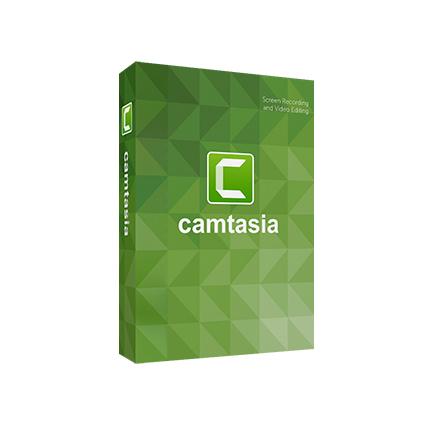
- Camtasia 2019 简体中文
- ¥689.00-¥689.00
-

- Luminar 3 简体中文
- ¥288.00-¥288.00
-

- Apowersoft 录屏王 简体中文
- ¥129.00-¥339.00